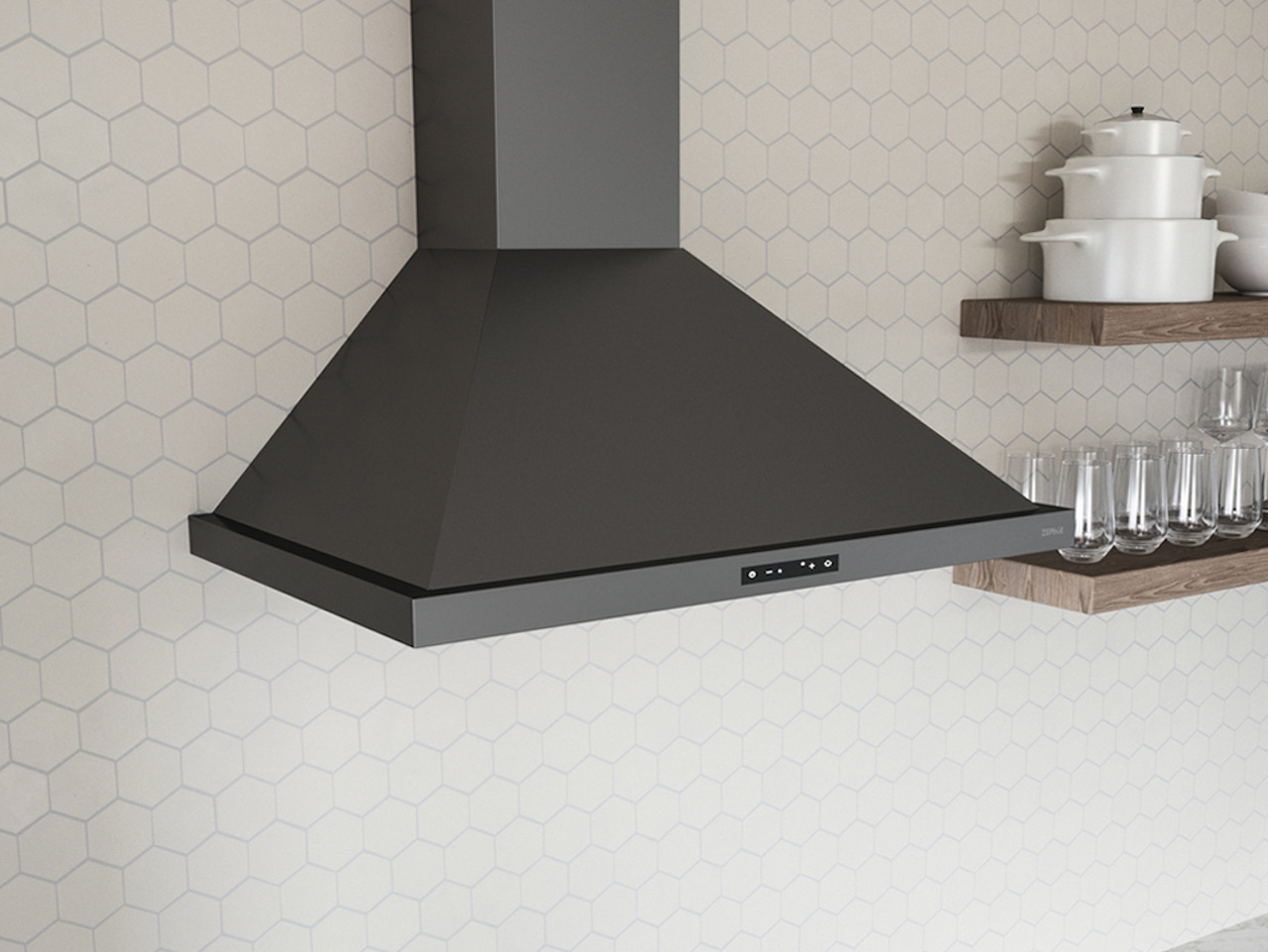

Articles
Who Installs A Range Hood
Modified: October 27, 2024
Looking for articles about who installs a range hood? Discover the answer and other valuable information on range hood installation.
(Many of the links in this article redirect to a specific reviewed product. Your purchase of these products through affiliate links helps to generate commission for Storables.com, at no extra cost. Learn more)
Introduction
A range hood is an essential appliance in any kitchen, yet it is often overlooked when it comes to home renovations or upgrades. However, installing a range hood can greatly enhance the functionality and aesthetics of your kitchen, making it a worthy investment.
But who installs a range hood? Should you attempt to install it yourself or hire a professional? In this article, we will explore the importance of a range hood, factors to consider when installing one, the different types of range hood installations, and whether you should opt for a DIY installation or hire a professional.
So let’s dive in and discover why a range hood is a must-have in your kitchen and who can help you with its installation.
Key Takeaways:
- Installing a range hood is crucial for improving air quality, removing smoke and grease, and enhancing safety in your kitchen. Whether you opt for DIY installation or hire a professional, careful planning and attention to detail are essential for a successful outcome.
- Avoid common mistakes such as inaccurate measurements, improper venting, and neglecting regular maintenance during range hood installation. By considering these factors and seeking professional expertise when needed, you can enjoy the benefits of a well-installed range hood in your kitchen.
Read more: How To Install ZLINE Range Hood
Importance of a Range Hood
A range hood is not just another appliance in your kitchen; it plays a vital role in maintaining a clean and healthy cooking environment. Here are some key reasons why a range hood is important:
- Improved Air Quality: When you cook, smoke, odors, and gases are released into the air. A range hood helps to remove these pollutants by capturing and venting them outside, offering improved air quality in your kitchen. This is especially beneficial if you have a gas cooktop, as it helps to remove potentially harmful combustion byproducts.
- Smoke and Grease Removal: Cooking can generate smoke, steam, and grease particles that can coat your kitchen surfaces, causing unpleasant odors and sticky residue. A range hood with a grease filter helps to trap grease particles, preventing them from settling on your cabinets and countertops. It also removes smoke and steam, keeping your kitchen fresh and clean.
- Heat and Moisture Extraction: When you cook, heat and moisture are generated, leading to a humid environment that can cause discomfort and damage to your kitchen. A range hood effectively draws out excess heat and moisture, keeping your kitchen cool and preventing the growth of mold and mildew.
- Increased Safety: Gas stoves release carbon monoxide and nitrogen dioxide, which can be hazardous if not properly ventilated. A range hood provides a necessary ventilation solution to eliminate these harmful gases, ensuring the safety of you and your family.
- Aesthetic Enhancements: Beyond its functional benefits, a well-designed range hood can be a focal point in your kitchen, adding a touch of style and elegance. With a vast range of designs and finishes available, you can choose a range hood that complements your kitchen décor and enhances its overall aesthetic appeal.
Considering these points, it becomes clear that a range hood is an indispensable addition to any kitchen. It not only improves air quality, removes smoke and grease, extracts heat and moisture, and enhances safety, but also adds a visually appealing element to your cooking space.
Factors to Consider When Installing a Range Hood
When it comes to installing a range hood, there are several important factors to consider to ensure a successful installation. Here are some key considerations:
- Size and Capacity: The size of your range hood should align with the size of your cooktop or range. Ideally, the width of the range hood should be equal to or larger than the cooking surface to effectively capture smoke and fumes. Additionally, consider the airflow capacity (measured in cubic feet per minute, or CFM) to ensure sufficient ventilation for your cooking needs.
- Venting Options: Range hoods can be vented either outside (ducted) or back into the kitchen (ductless). Ducted range hoods are more effective in removing smoke and odors, as they vent them outside through a duct system. Ductless range hoods use filters to trap impurities before recirculating the air back into the kitchen. Consider your kitchen layout, feasibility of duct installation, and your ventilation requirements when choosing the venting option.
- Noise Level: Range hoods can produce varying levels of noise during operation. Consider the noise level (measured in sones) when selecting a range hood, especially if you have an open-concept kitchen or prefer a quieter cooking environment.
- Proper Mounting: Deciding where to mount your range hood is crucial for efficient operation. Undercabinet range hoods are mounted beneath the cabinets, while wall-mounted range hoods are affixed to the wall above the cooking surface. Island range hoods are mounted on the ceiling above a kitchen island. Ensure that the mounting height and location comply with the manufacturer’s recommendations for optimal performance.
- Power Supply: Determine if your range hood requires a dedicated electrical circuit or if it can be connected to an existing one. Ensure that the power supply meets the electrical requirements of the range hood, including voltage and current.
- Additional Features: Consider any additional features you may desire in your range hood, such as built-in lighting, adjustable fan speeds, touch controls, remote control functionality, or even smart home integration. These features can enhance the functionality and convenience of your range hood.
By taking these factors into account, you can make an informed decision when selecting and installing a range hood that best suits your needs and kitchen configuration. Consulting with a professional or reading manufacturer guidelines can also provide valuable insights and ensure a seamless installation process.
Types of Range Hood Installations
When it comes to range hood installations, there are various options to choose from, depending on your kitchen layout and preferences. Here are some common types of range hood installations:
- Undercabinet Range Hood: This type of range hood is installed beneath the cabinets above your cooktop or range. It is a popular choice for kitchens with limited space or where a seamless, built-in look is desired. Undercabinet range hoods typically vent outside through a duct system or can be configured for ductless operation.
- Wall-Mounted Range Hood: Wall-mounted range hoods are affixed to the wall above the cooking surface. They are ideal for kitchens with a backsplash or when there are no cabinets above the cooktop. Wall-mounted range hoods come in a variety of designs and finishes to match your kitchen style and can be ducted or ductless.
- Island Range Hood: If you have a kitchen island with a cooktop, an island range hood is the perfect choice. These hoods are mounted on the ceiling above the island and require ductwork to vent outside. Island range hoods not only provide effective ventilation but also add a striking visual element to the kitchen.
- Insert Range Hood: Insert range hoods, also known as built-in or custom range hoods, are integrated into custom cabinetry or a specially designed hood enclosure. This type of range hood offers a seamless look and can be customized to match your kitchen design. Insert range hoods can be vented outside or configured for recirculating operation.
- Downdraft Range Hood: For kitchens without the option of traditional overhead ventilation, downdraft range hoods offer a space-saving solution. These hoods are installed directly behind or alongside the cooktop and rise up when in use, drawing smoke and odors downward and venting them outside. Downdraft range hoods are often used in kitchen islands or in open-concept kitchen setups.
Each type of range hood installation has its benefits and considerations. It’s important to assess your kitchen layout, ventilation requirements, and aesthetic preferences to determine the most suitable range hood installation for your needs. Consulting with a professional can also provide valuable guidance in selecting the right type of range hood for your kitchen.
When installing a range hood, it’s important to consider the height and location for optimal performance. It’s best to hire a professional for installation to ensure proper ventilation and safety.
DIY Range Hood Installation
Installing a range hood yourself can be a rewarding DIY project, but it is important to approach it with caution and follow proper guidelines. Here are the steps involved in a DIY range hood installation:
- Read the Manufacturer’s Instructions: Start by thoroughly reading the installation instructions provided by the manufacturer. This will give you a clear understanding of the specific requirements and steps involved in installing your particular range hood model.
- Gather the Necessary Tools: Before you begin, gather all the tools you will need for the installation. This may include a drill, screwdriver, measuring tape, stud finder, electrical tester, and appropriate screws or mounting brackets.
- Prepare the Installation Area: Clear the area where the range hood will be installed. Ensure that the wall or cabinet surface is clean and free of any obstacles. Measure and mark the drilling points for the range hood brackets or mounting screws.
- Install the Range Hood: Follow the manufacturer’s instructions to install the range hood. This may involve attaching mounting brackets to the wall or cabinets, securing the range hood to the brackets, and making the necessary electrical connections.
- Connect the Venting: If your range hood is ducted, connect the vent pipe or ductwork to the back of the range hood. Ensure that the venting is properly sealed to prevent any air leaks.
- Secure and Level the Range Hood: Double-check that the range hood is securely mounted and level. This will ensure proper functionality and prevent any issues down the line.
- Test the Range Hood: Once the installation is complete, test the range hood to ensure it is working properly. Turn on the fan and lights to verify that they operate as intended.
- Final Touches: Make any necessary adjustments and perform final touch-ups, such as concealing wires or applying trim, to complete the installation and give it a polished appearance.
- Follow Safety Guidelines: Throughout the DIY installation process, prioritize safety. Turn off the power supply before working with electrical connections, use appropriate safety equipment, and seek professional help if needed.
While installing a range hood yourself can save money, it is important to recognize your own skill level and limitations. If you’re unsure or uncomfortable with any aspect of the installation, it’s advisable to consult a professional to ensure a safe and proper installation.
Remember, always refer to the manufacturer’s instructions for specific guidance and recommendations for your range hood model. With proper planning and attention to detail, you can successfully install a range hood yourself and enjoy the benefits it brings to your kitchen.
Read more: How To Install Range Hood Insert
Hiring a Professional for Range Hood Installation
While a DIY range hood installation can be a viable option for those with the necessary skills and knowledge, hiring a professional for the installation can offer several advantages. Here are some reasons why you may want to consider hiring a professional:
- Expertise and Experience: Professional installers have the knowledge and experience required to handle the complexities of range hood installation. They are familiar with a wide range of brands and models, ensuring that the installation is done correctly and efficiently.
- Specialized Tools and Equipment: Installing a range hood may require specialized tools and equipment that professionals are equipped with. By hiring a professional, you can avoid the need to purchase or rent these tools, saving you time and money.
- Compliance with Building Codes: Depending on your location, there may be specific building codes and regulations that govern range hood installations. Professionals are familiar with these codes and ensure that the installation meets all necessary requirements, ensuring safety and compliance.
- Insurance and Warranty Coverage: Professional installers are typically insured, which provides protection against any potential damages or accidents that may occur during the installation process. Additionally, many professionals offer warranty coverage on their work, giving you peace of mind in case any issues arise.
- Time and Convenience: Hiring a professional allows you to save time and effort that you would otherwise spend on research, preparation, and installation. Professionals take care of all aspects of the installation, leaving you with more time for other tasks or activities.
- Craftsmanship and Aesthetics: Professional installers have a keen eye for detail and can ensure a seamless and aesthetically pleasing installation. They can make precise adjustments, hide wires or ductwork, and provide a finished look that enhances the overall appearance of your kitchen.
Keep in mind that hiring a professional for range hood installation may incur additional costs compared to a DIY installation. However, the benefits of professional expertise and peace of mind can outweigh the costs, especially if you are not confident in your own skills or if the installation requires complex modifications.
When hiring a professional, be sure to research and choose a reputable installer or contractor. Check their qualifications, read reviews or testimonials, and ask for references if necessary. Obtain multiple quotes to compare prices and services before making a decision.
Ultimately, hiring a professional for range hood installation can ensure a smooth and successful installation process, providing you with a fully operational and professionally installed range hood that meets your ventilation needs.
Common Mistakes to Avoid During Range Hood Installation
Installing a range hood can be a straightforward process if done correctly. However, there are several common mistakes that people often make during the installation. Being aware of these mistakes can help you avoid potential issues and ensure a successful installation. Here are some common mistakes to avoid:
- Inaccurate Measurements: One of the most critical aspects of range hood installation is taking accurate measurements. Failing to measure the space properly can result in a range hood that is either too small or too large for the cooking surface. Take precise measurements of the width, depth, and height before purchasing a range hood.
- Incorrect Venting: Improper venting is a common mistake during range hood installation. Make sure to follow the manufacturer’s guidelines for venting requirements and choose the appropriate venting option based on your kitchen layout. Incorrect venting can lead to poor ventilation performance or excessive noise.
- Insufficient Clearance: A common mistake is not providing enough clearance between the range hood and the cooking surface. The range hood should ideally extend a few inches beyond the cooktop to effectively capture smoke and fumes. Check the manufacturer’s recommendations for the recommended clearance distances and ensure compliance.
- Improper Electrical Connections: Another common mistake is improperly wiring the range hood. If you are not familiar with electrical work, it is best to hire a professional for this task. Ensure that the power is turned off before making any electrical connections and follow all safety protocols. Incorrect wiring can result in electrical issues or even cause a fire hazard.
- Ignoring Manufacturer Guidelines: Many people overlook the importance of carefully reading and following the manufacturer’s installation instructions. Each range hood model may have specific requirements and recommendations that should be followed for proper installation. Ignoring these guidelines can lead to performance issues or even void the warranty.
- Skipping Proper Ventilation: Ductwork is an essential component of range hood installation, especially for vented hoods. Avoid the mistake of neglecting or improperly installing the ductwork. Ensure that the ductwork is properly sealed, insulated, and vented to the outside to minimize the risk of air leaks or inefficient ventilation.
- Poor Mounting: Improper mounting of the range hood can result in stability issues or an incorrect alignment with the cooking surface. Make sure to use appropriate mounting brackets or screws and follow the manufacturer’s recommendations for mounting height and location.
- Neglecting Regular Maintenance: Once the range hood is installed, it is important to establish a regular maintenance routine. Neglecting routine cleaning and filter replacement can hinder the performance of the range hood and lead to poor ventilation. Refer to the manufacturer’s guidelines for cleaning and maintenance recommendations.
Avoiding these common mistakes can help ensure a smooth and successful range hood installation. If you’re unsure about any aspect of the installation process, it is advisable to consult a professional to avoid costly mistakes and ensure optimal performance of your range hood.
Conclusion
Installing a range hood in your kitchen is a smart decision that brings numerous benefits to your cooking space. It improves air quality, removes smoke and odors, extracts heat and moisture, enhances safety, and adds a touch of style to your kitchen. However, the process of installing a range hood can be complex, and it’s important to consider various factors to ensure a successful installation.
Whether you choose to install a range hood yourself or hire a professional, careful planning and attention to detail are essential. DIY installation offers the possibility of cost savings and the satisfaction of completing the project on your own. However, it requires a certain level of skill and knowledge to avoid common mistakes that can impact the performance and safety of the range hood.
On the other hand, hiring a professional installer provides the expertise and experience needed for a seamless installation. Professionals can ensure proper sizing, venting, and electrical connections, adhering to building codes and regulations. Their knowledge and specialized tools also reduce the risk of mistakes and ensure a high-quality installation that meets your specific requirements.
Regardless of the installation approach you choose, it is crucial to read and follow the manufacturer’s instructions, take accurate measurements, provide proper clearance, and ensure correct venting and electrical connections. Regular maintenance and cleaning are also important to maintain the performance and longevity of your range hood.
In conclusion, a range hood is an indispensable addition to any kitchen, offering improved air quality, smoke and grease removal, heat and moisture extraction, increased safety, and aesthetic enhancements. By considering the factors involved in installation and avoiding common mistakes, you can enjoy the benefits of a well-installed range hood that enhances your cooking experience and transforms your kitchen into a clean, healthy, and visually appealing space.
Frequently Asked Questions about Who Installs A Range Hood
Was this page helpful?
At Storables.com, we guarantee accurate and reliable information. Our content, validated by Expert Board Contributors, is crafted following stringent Editorial Policies. We're committed to providing you with well-researched, expert-backed insights for all your informational needs.
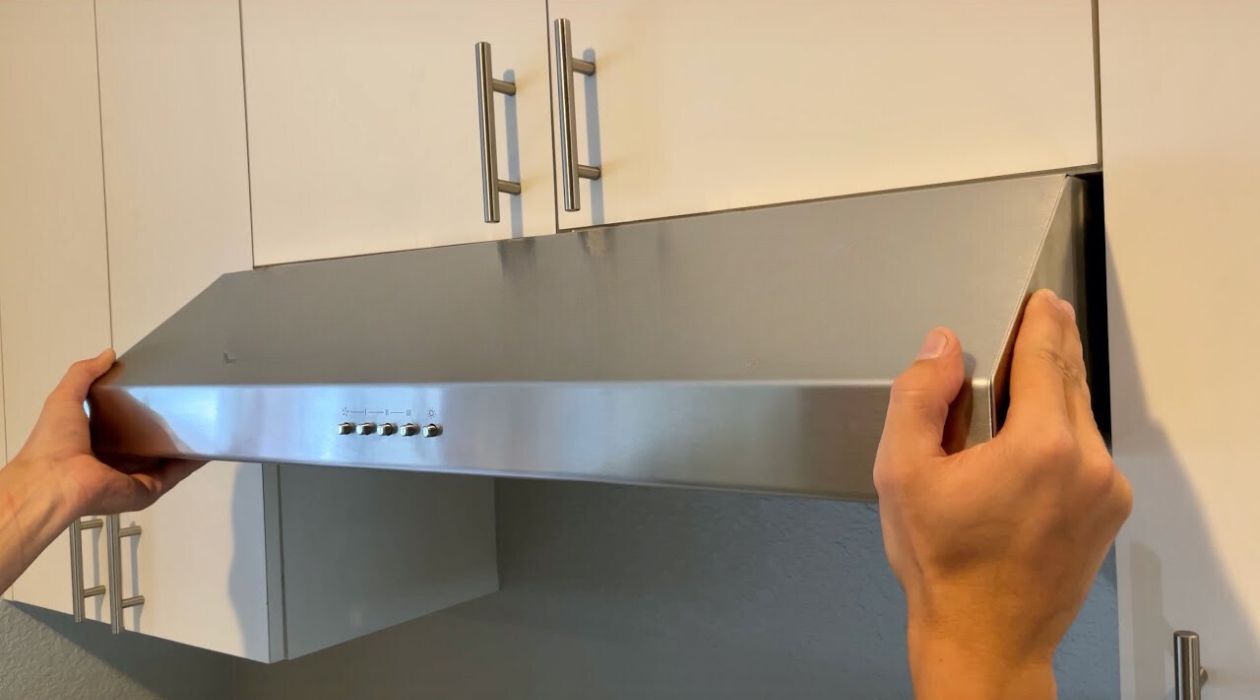
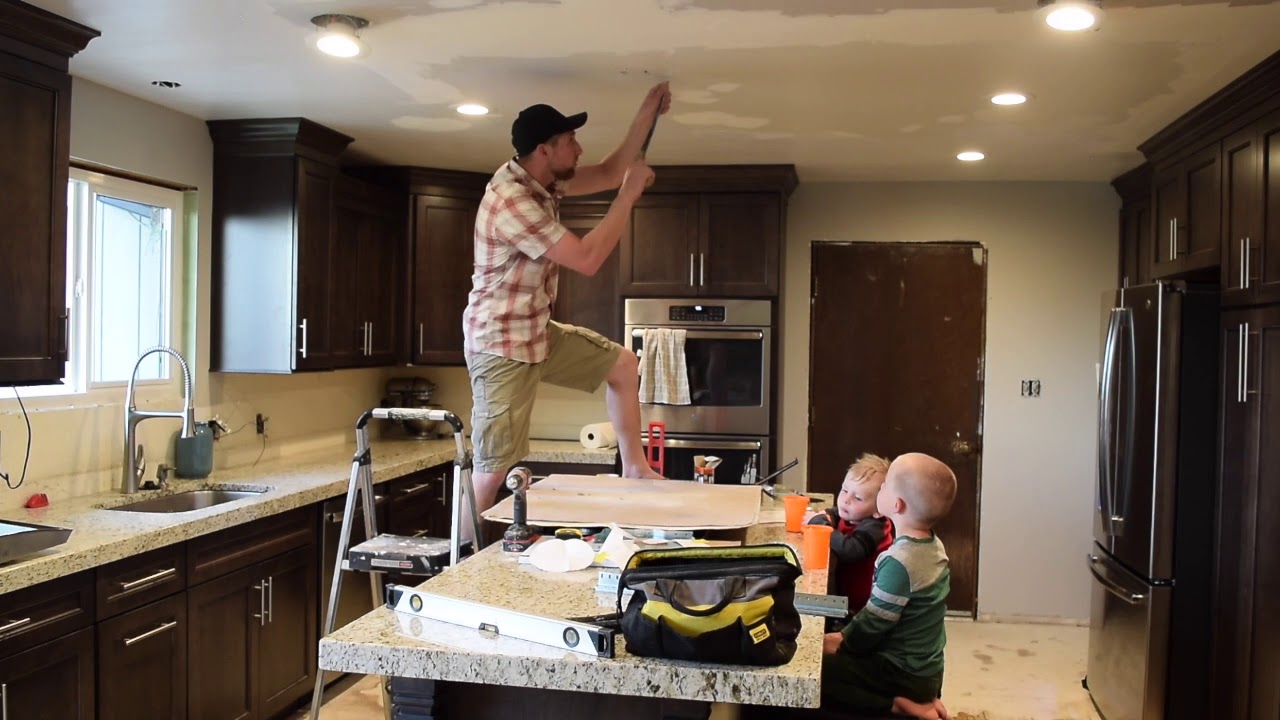
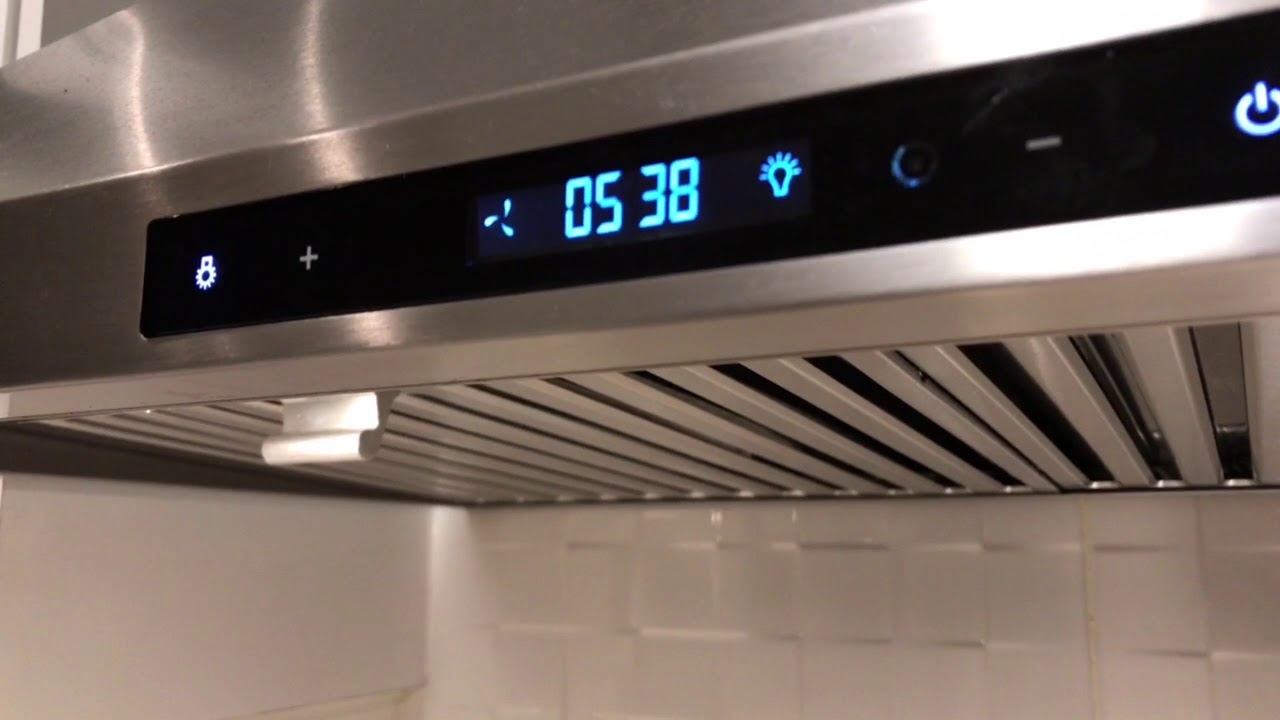
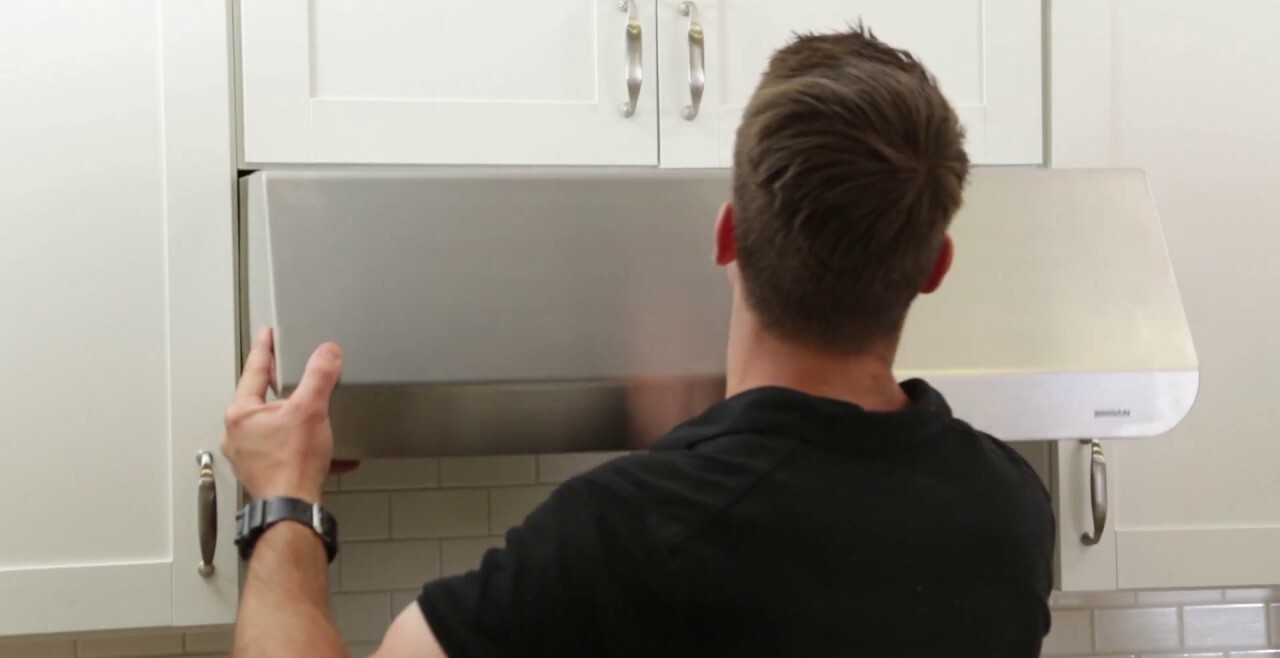
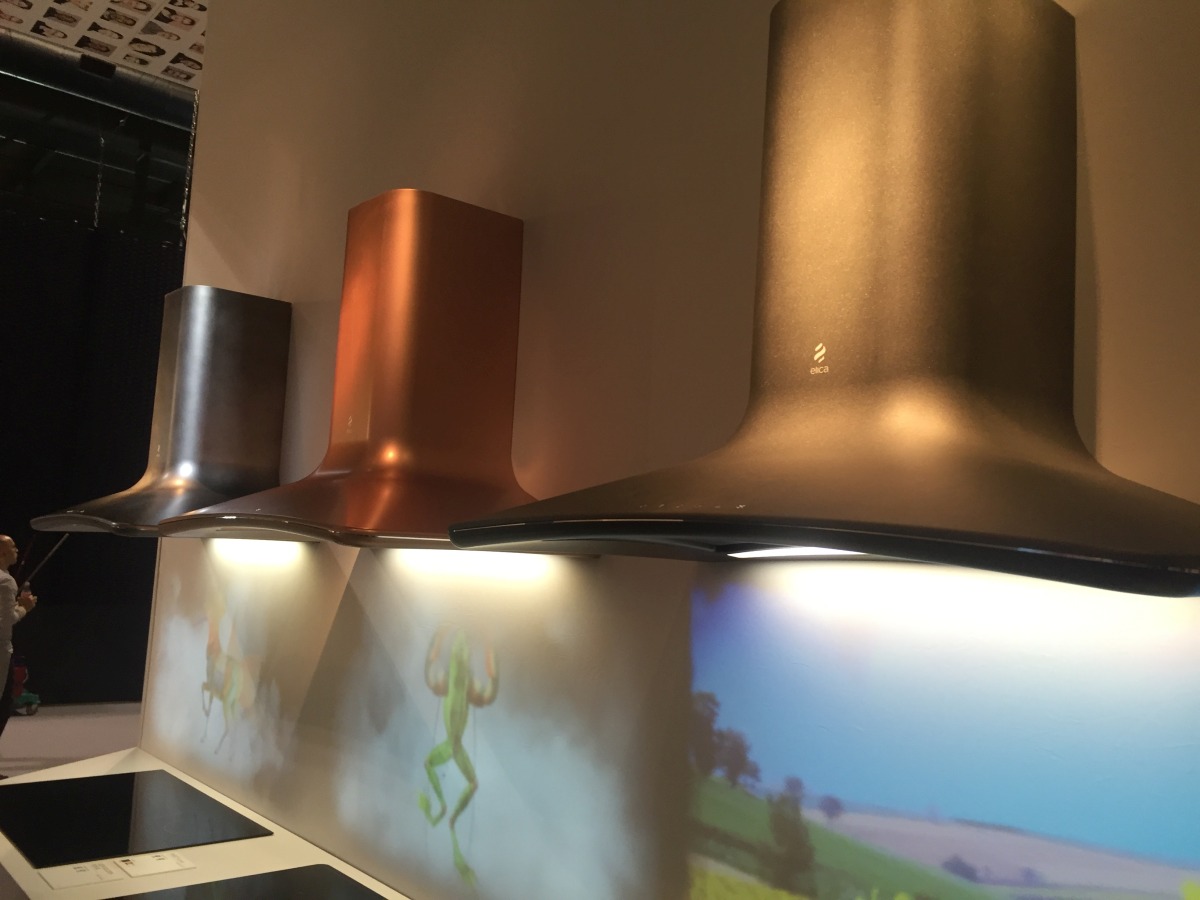
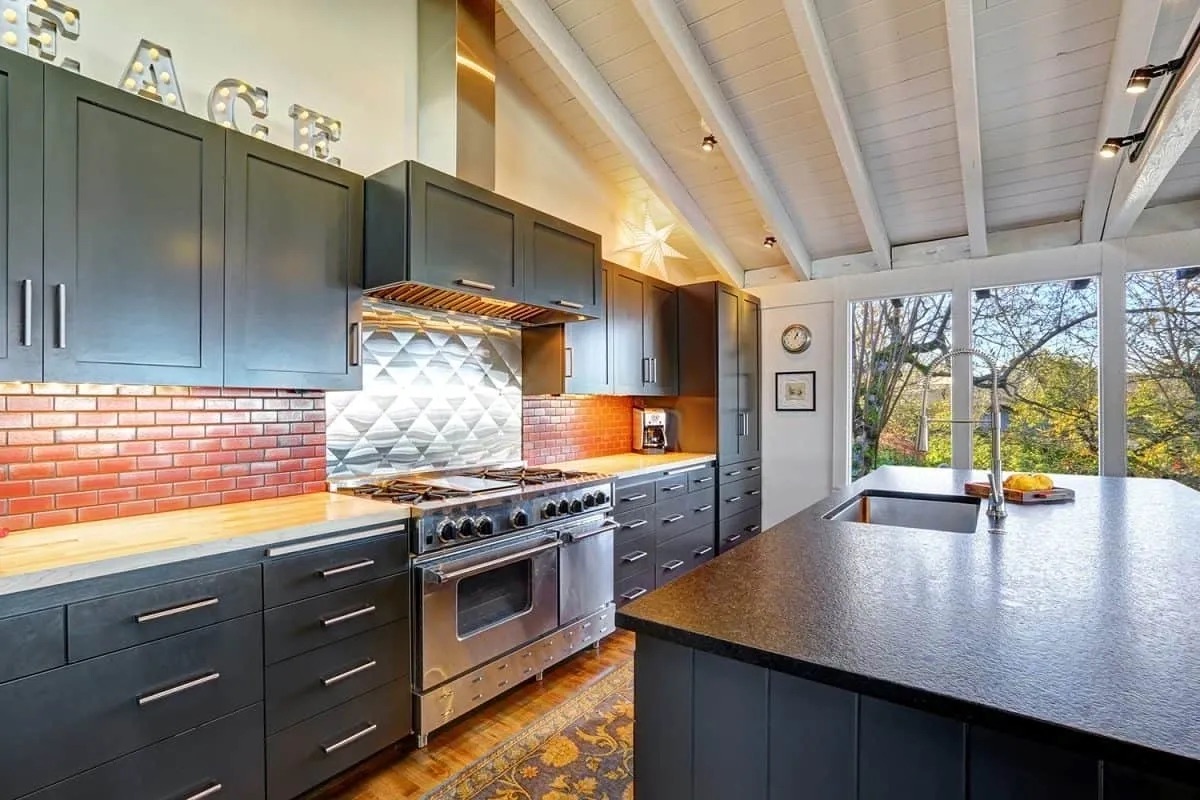
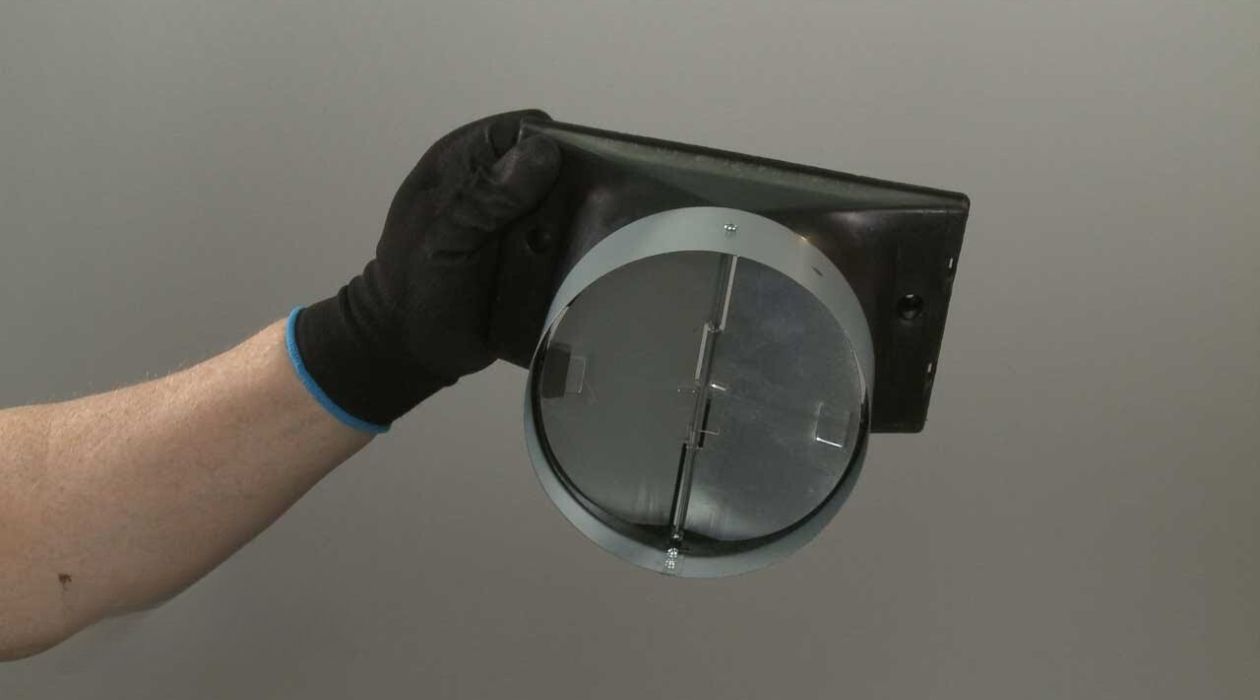
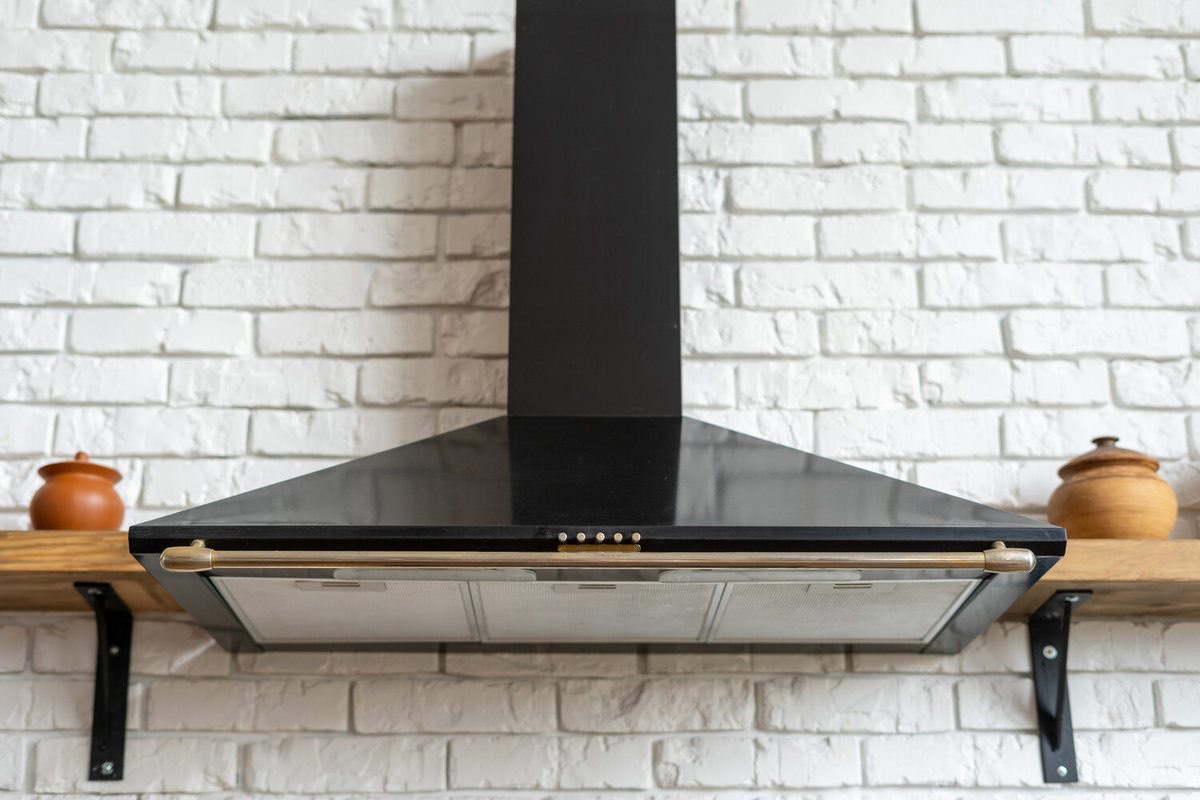
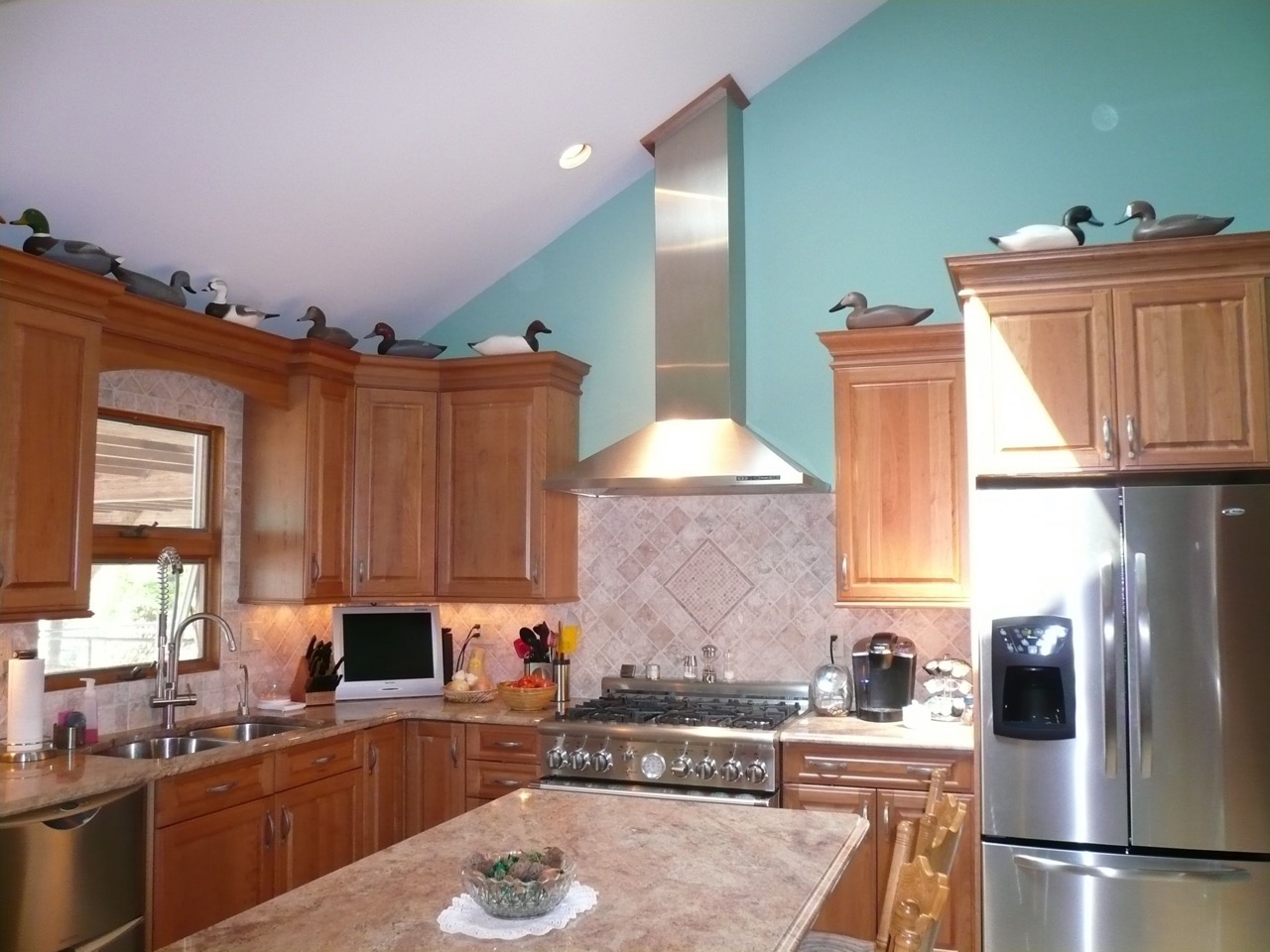
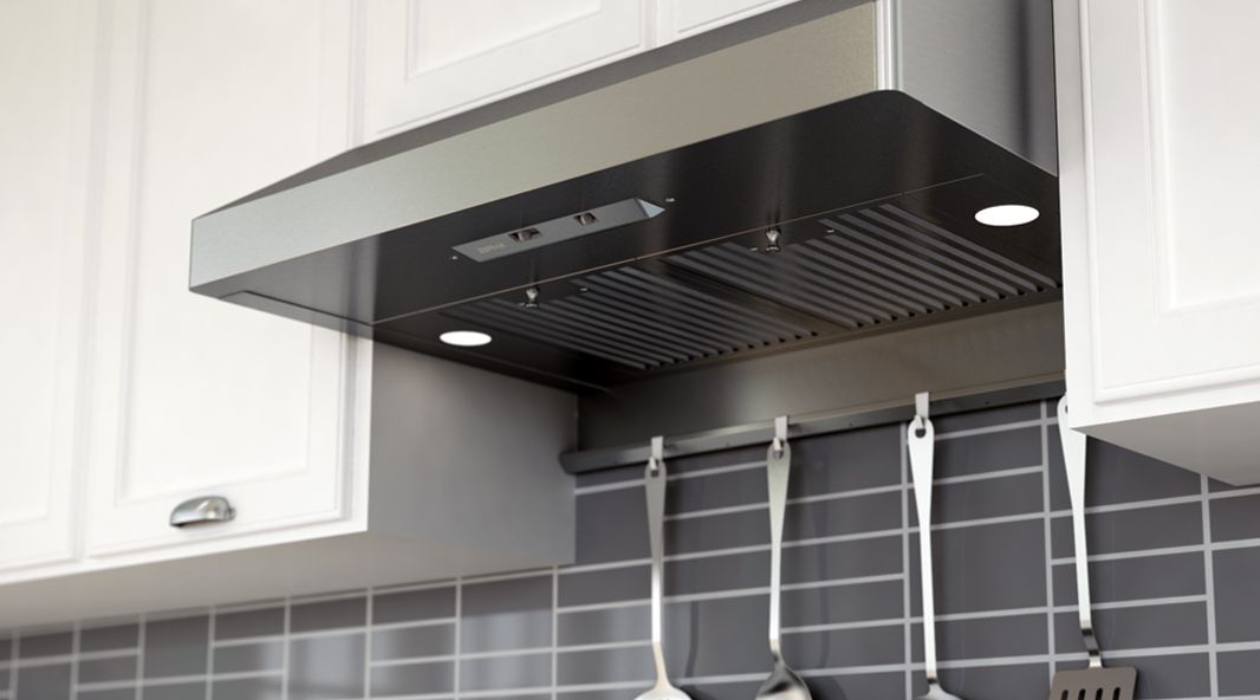
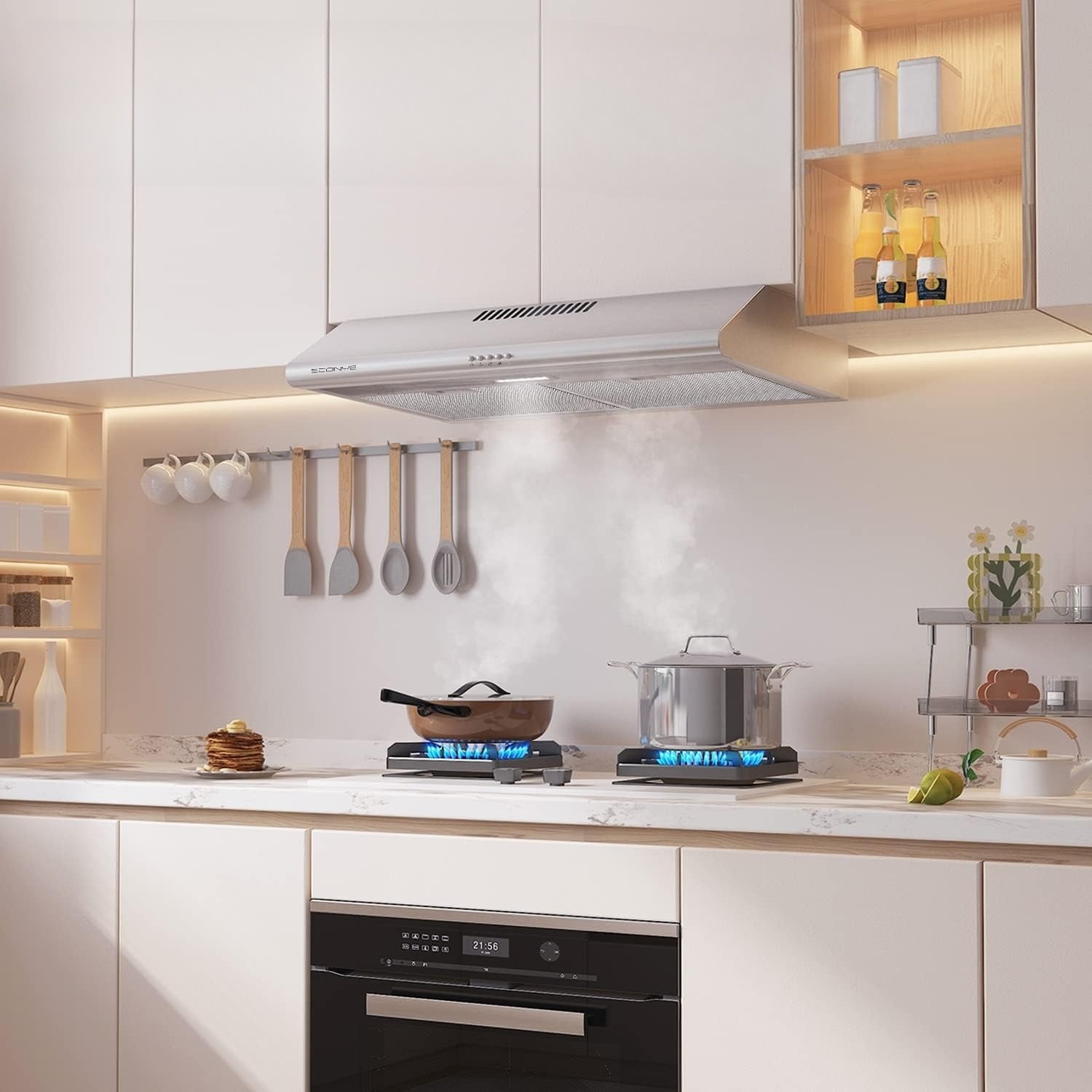
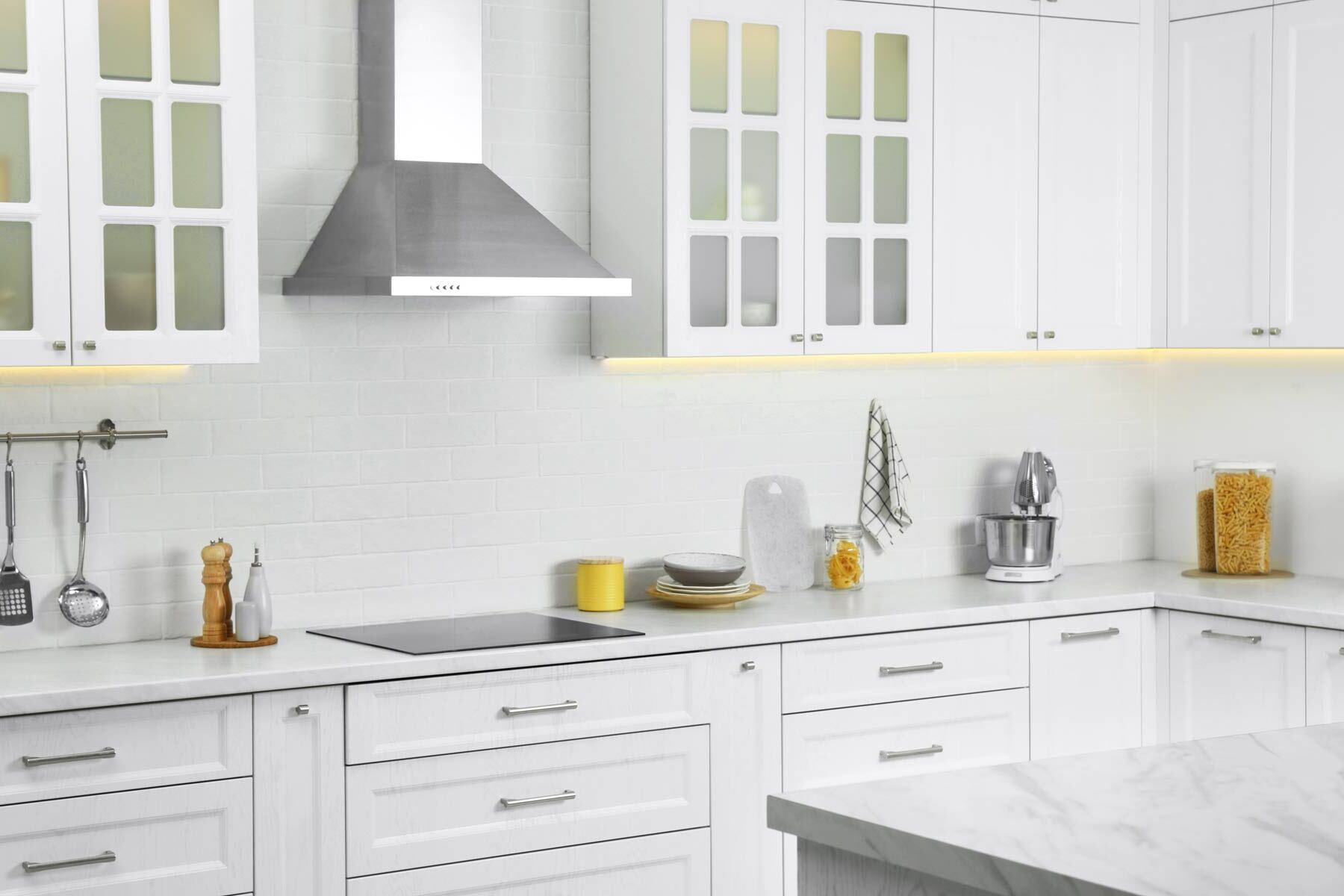
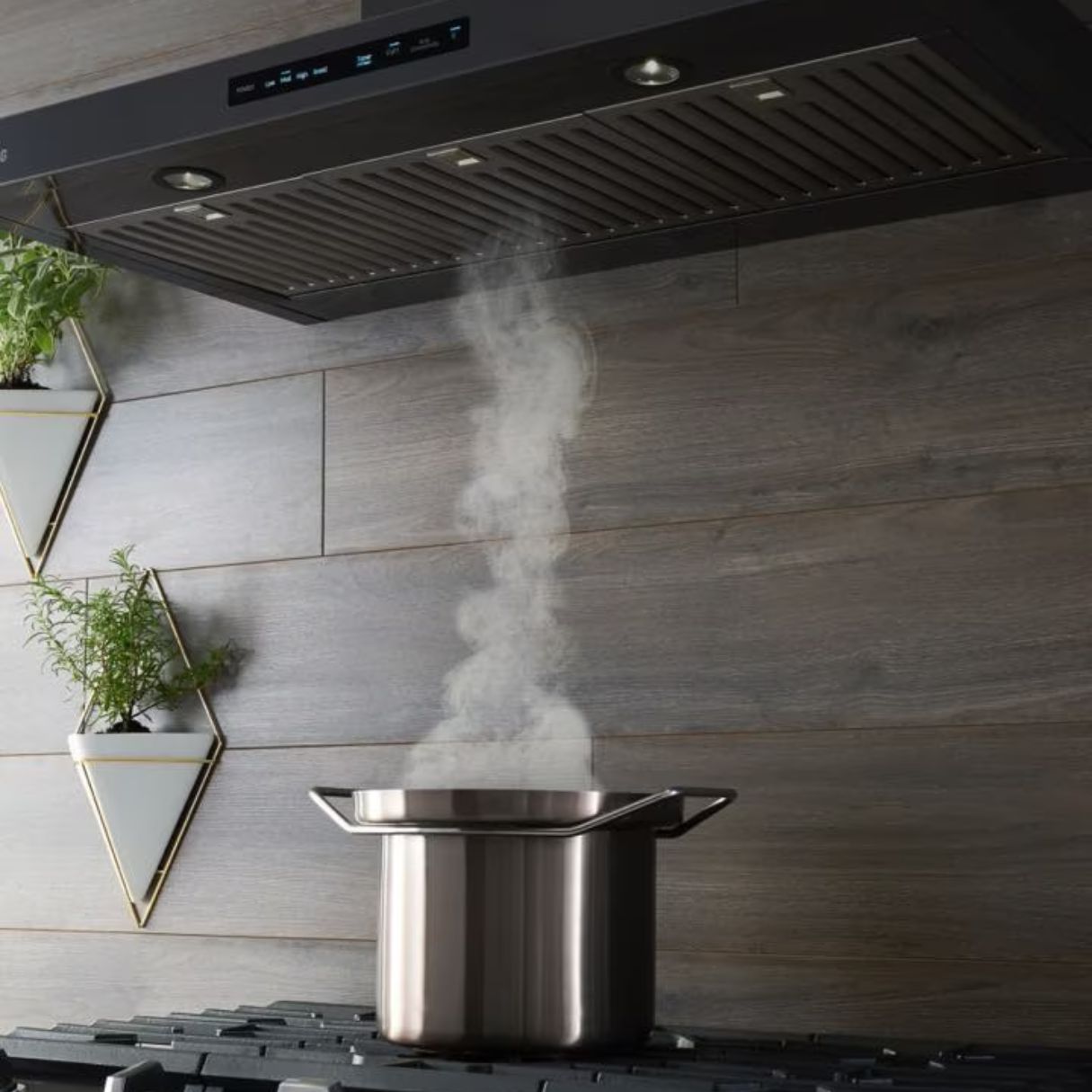
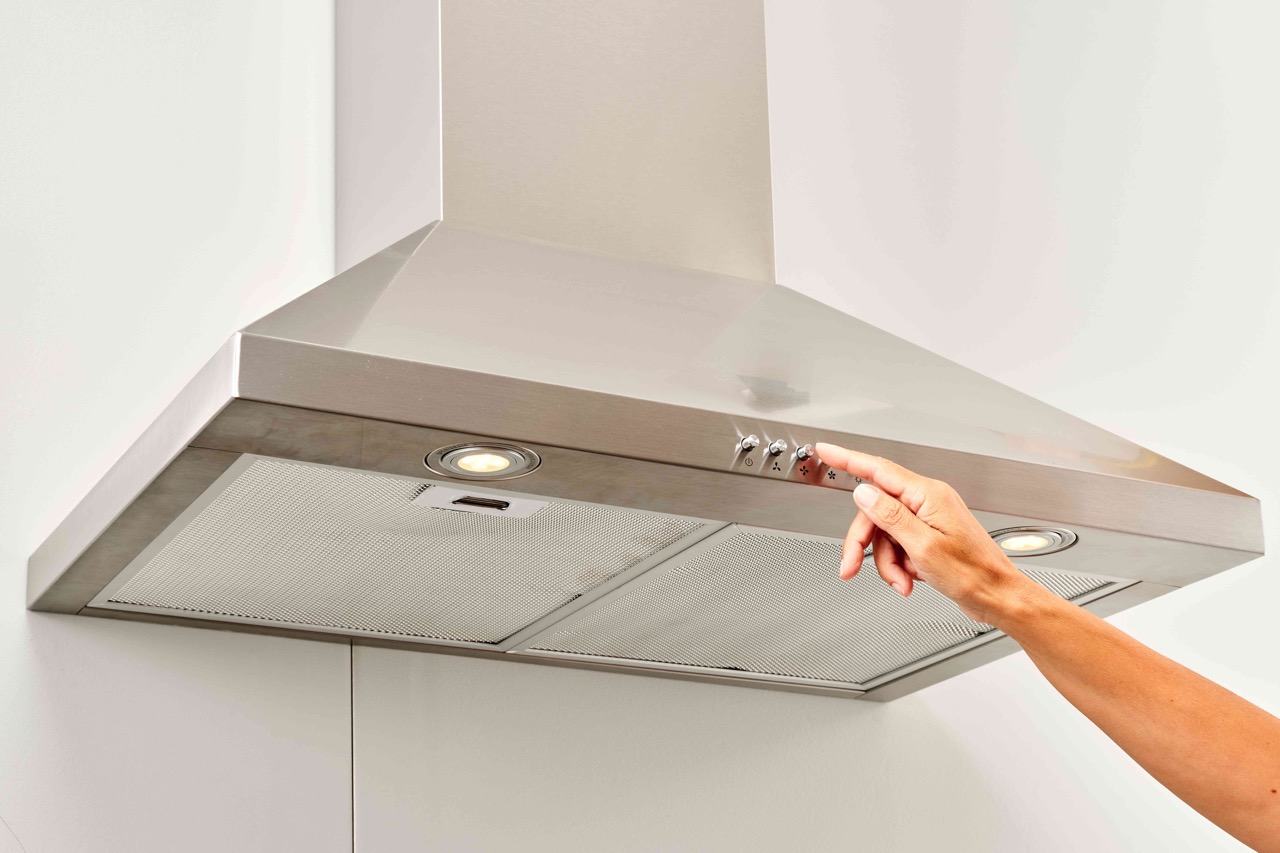

0 thoughts on “Who Installs A Range Hood”